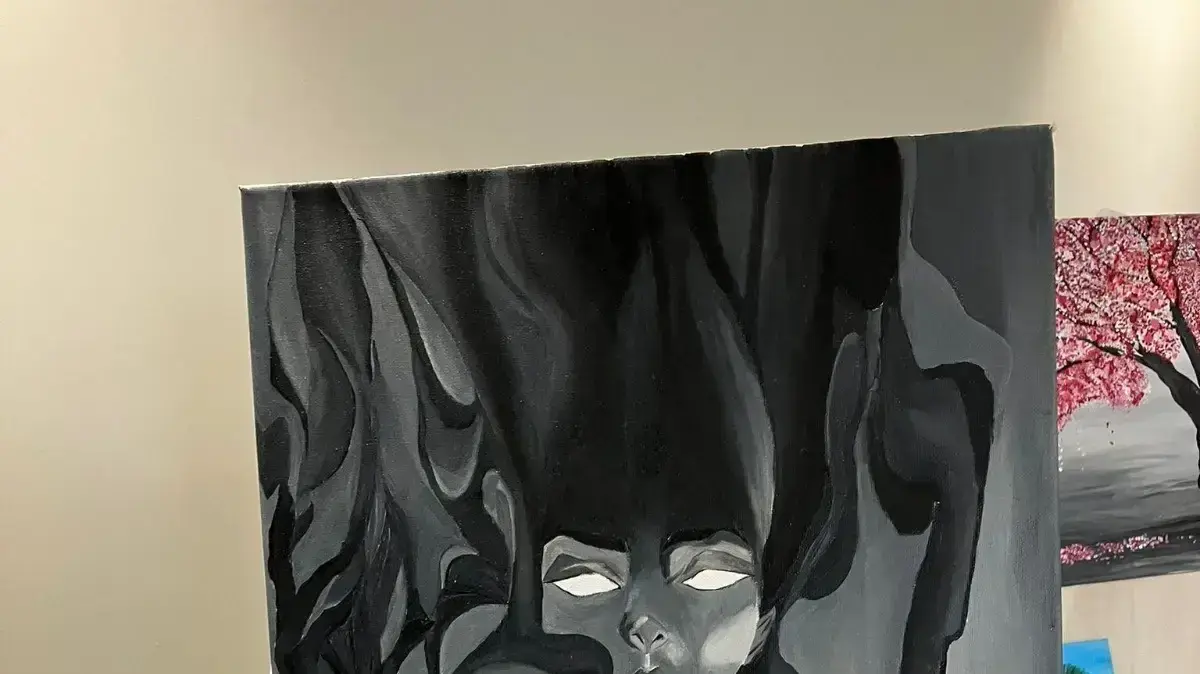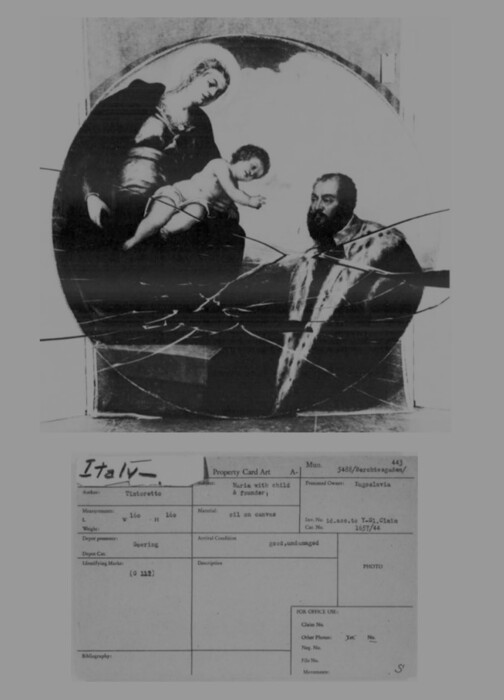Some 27 kilometers in a straight line from the coastline and at an altitude of 370 meters, within the Alcornocales Natural Park, in the Jimena de la Frontera district (Cádiz), a small rocky hollow opens up, known as the shelter of High slab.
This cave keeps a spectacular secret: the representation on its walls of a naval scene.
In the panels there are at least seven rowing or sailing boats, human figures, idols, suns and signs that are difficult to interpret, up to a total of more than fifty motifs made in pigments of reddish and black tones.
It was discovered in 1978 by Salvador Corbacho Rey, a local resident, who reported the finding to the authorities.
Since then, numerous national and international studies have attempted to explain these ships inland,
There is a general consensus that they were painted in prehistoric times (4th and 3rd millennium BC), given the results of the carbon 14 analysis that was carried out on one of the motifs: a tiny black idol.
Other experts, however, delayed its authorship to the 3rd century BC.
C and IIId.
C., due to the advanced naval technology that they show and that evidently did not exist in prehistory.
But now, a new line of research by archaeologist Ana María Gomar Barea maintains that, in reality, the drawings correspond to a pictorial representation of ships from medieval times, between the 12th and 14th centuries.
She claims that the analyzed idol has nothing to do with the confrontation.
In other words, the battle is a representation of the Middle Ages, but it was painted over prehistoric drawings.
Hence the error.
More information
The 'Google Maps' of the XVII that reveals the truth of the battle of Santa Cruz
As carbon 14 indicated that the black idol was traced between the fourth and third millennium BC.
C. (rock art), the scientific community assumed that the rest of the figures had the same age, so the ships were considered the first sailboats represented in Western Europe.
The previous hypothesis, which defended that the frieze corresponded to a meeting between peninsular indigenous people and eastern settlers, possibly Phoenicians-Carthaginians or Romans, between the 3rd century BC.
C and IIId.
C., was thus parked.
But Gomar rejects all these premises.
In his study
of him The naval scene of the Laja Alta shelter, a new chronocultural proposal
, published in the prestigious magazine
Zephiru
s, explains that since "they were discovered, there has been a strong debate about their chronology, because the ships were notably far from the known characteristics of prehistoric rock art, where they had been mostly included".
For this researcher, “the context in which the scene is located, a rock shelter, together with the technique with which the ships were built, red pigment, has influenced their being conceptually framed in the category of prehistory, thus skewing the hypotheses. of departure of any investigation, in addition to prohibiting the incursions of specialists in other periods”.
Above, gallery of Laja Alta, below graffiti and drawings from the Late Middle Ages.
Gomar affirms that the first works - before carbon 14 - tried to establish morphological parallels with vessels of oriental tradition from civilizations such as the Minoan, Egyptian, Sardinian, archaic Phoenician and protohistoric Italic, but without convincing results.
The archaeologist recalls that “the arrangement of the boats on stage, the details of their elaboration, the use of perspective or the dynamism they present” have no affinity with cave art or with the Eastern tradition.
In addition, “the pictorial panels are very heterogeneous, which means that they reflect different phases of execution.
There are overlaps, different shades of pigment, strokes of different thickness, variety in the dimensions of the figures and very varied states of conservation.
Gomar was struck by “the case of the cruciform located on the periphery of the pictorial panel, a figure that shares similarities with examples of peninsular crosses with pedestals”, to which is added “an unusual detail and perspective of the ships, something that is far from much of the canons of rock art”.
The researcher recalls that these ships include elements such as rigging, oars, rudders, forecastle, single masts, bipedal masts, double masts, various types of sails, spurs, rigging, shrouds, stays, aplustros, pennants and even the internal reinforcements of the hull frames.
The specialist believes, therefore, that "the naval scene of Laja Alta should be approached from an approach that attends to the explanation of all the systems involved in its conception and creation, to give an answer to its physical, technical and typological context" .
To do this, he made digital copies and restitutions of the figures in order to find parallels in different iconographic sources in any period of time (prehistoric, protohistoric and historical) and, finally, located the elements of naval technology that could be identified and dated. clearly.
These tests have confirmed "the little deterioration of some ships after being drawn, since there are traces of two ships that show continuity in the rock crusts, so they are indications of a more recent execution date than the prehistoric one".
In two of the naves —the so-called first and sixth— “we can even see an attempt at axonometric representation of the hulls.
The cover is made visible by seeking a type of projection, where it gives the sensation that the object has been slightly rotated along an axis in relation to the plane of projection, which suggests an attempt to give the figures a three-dimensionality, something incompatible with prehistoric Schematic Rock Art”.
Above, boat-shaped No. 3 from Laja Alta, compared with, from left to right, a 14th-century Venetian galley, a 15th-century Venetian galley, and 14th-century galleys from Latin manuscripts. Ana Gomar
As for what is known as "dead work" -elements above the waterline-, the type of sails, certain rigging, stern terminations, spurs and pennants have been clearly identified, all compatible with the technology medieval naval.
For this reason, Gomar affirms that “the peculiarities observed in the Laja Alta ships conform to the characteristics of the 13th century galleys: a single tree with chocks (pulley that crowns the mast), lateen sail, recurved wings, higher stern than the prow and conical piston that in the fourteenth century gave rise to a spur and a single order of oars”.
In addition, the ships that appear in some codices from between the 12th and 15th centuries, together with the graffiti representations of ships, also from the same centuries and made on castle walls, are the most consistent with those of Laja Alta.
Gomar emphasizes that "the morphological-stylistic comparison and the identification of engineering elements also lead to placing the naves in a chronological bracket between the 12th and 14th centuries".
And it ends: “The Laja Alta panels show a problem that is common to many prehistoric cave sites, in which different phases of execution and unusual typologies in prehistoric art are documented.
In fact, at certain sites it becomes extremely difficult to sift prehistoric figures from historical ones, since making drawings in a schematic style is something universal and timeless”.
50% off
Exclusive content for subscribers
read without limits
subscribe
I'm already a subscriber









